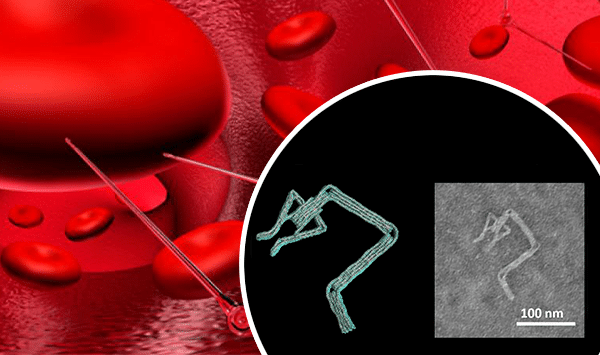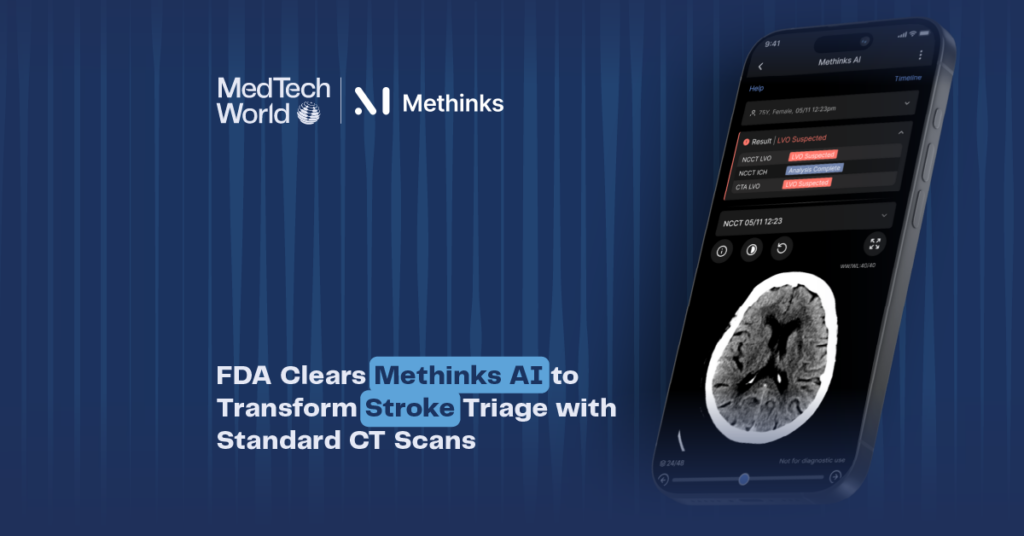
Michael Joe Cini
23rd April 2021
3D Software Designs Complex Nanorobots in Minutes
Manual nanorobot designs get an upgrade with 3D software MagicDNA that designs nanorobots in minutes
A a new 3D software that helps design DNA nanorobots in minutes, MagicDNA, has been developed by researchers at Ohio State University. The software aims to help streamline drug delivery and diagnostics.
Historically, nanorobots have proved challenging to construct due to their small size, often taking days to execute. As a result, the researchers hope the new software will help accelerate the design process by allowing researchers to design objects in 3D which can be developed into more complex objects with ease.
The researchers hope that MagicDNA will replace the previous manual approach to design. In an Ohio State press release, Carlos Castro, a researcher involved in the study, added:
Researchers have been doing this for a number of years with slower tools with tedious manual steps,
But now, nanodevices that may have taken us several days to design before now take us just a few minutes.
Speaking on the differences between manual and 3D design processes, Hai-Jun Su, another researcher involved in the study, said:
Previously, we could build devices with up to about six individual components and connect them with joints and hinges and try to make them execute complex motions,
With this software, it is not hard to make robots or other devices with upwards of 20 components that are much easier to control. It is a huge step in our ability to design nanodevices that can perform the complex actions that we want them to do.
Importantly, the software permits scientists to simulate the movement of the nanorobot, thus helping identify flaws before construction. Castro adds:
As you make these structures more complex, it is difficult to predict exactly what they are going to look like and how they are going to behave,
It is critical to be able to simulate how our devices will actually operate. Otherwise, we waste a lot of time.
Researchers have already trailed the designs in the real world and hope that MagicDNA will be ustilised for therapeutic applications and on devices that detect pathogens in the bloodstream. Castro explains:
But a more complex device may not only detect that something bad is happening, but can also react by releasing a drug or capturing the pathogen,
We want to be able to design robots that respond in a particular way to a stimulus or move in a certain way.
Source: Medgadget
Med-Tech World: 18th-19th November
The Med-Tech World conference, which follows a successful digital event in 2020, will run from 18th-19th November 2021 and will highlight innovations and developments in digital health across the globe. With so many countries realising the potential for exponential growth, Med-Tech World will address the opportunities and challenges driving this multi-million forum – embracing the potential for technological innovation to change the face of medicine in this global sector. Register your interest here!




